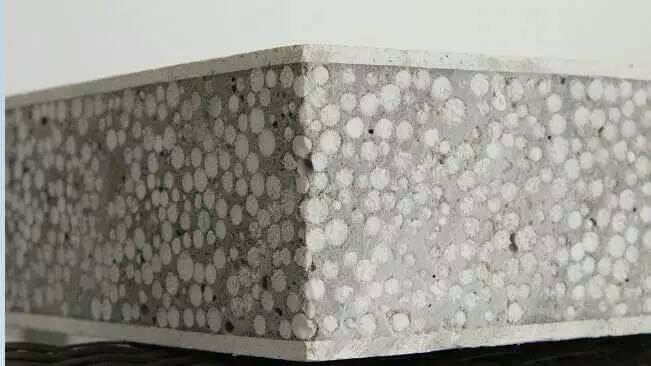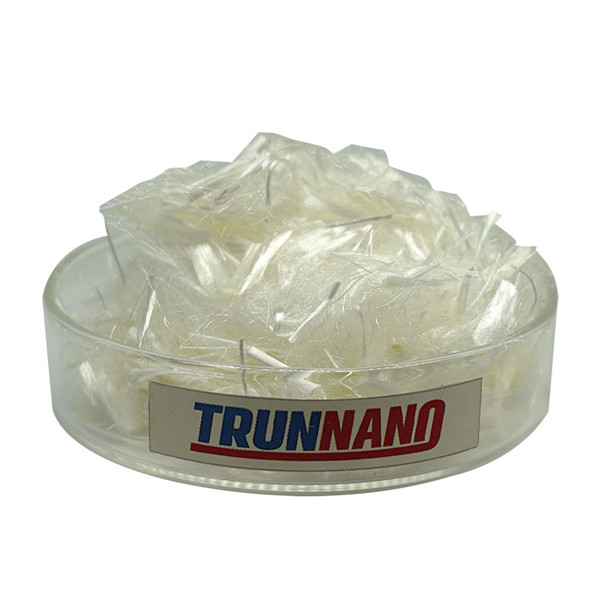Professional solutions on concrete addtives, Concrete Foaming Agent, Superplasticizer, CLC Blocks Additives, and foaming machine
(What admixture increases concrete strength)
What Concrete admixtures
For all cases of admixtures containing hydrophobic compounds, such as water-insoluble defoamers in formulated superplasticizers or nonionic surfactants in shrinkage-reducing admixtures (SRA), the solubilization capacity of the aqueous solution can be increased through the addition of co-surfactants (Rosen, 2004) or hydrotropic substances (Lunkenheimer et al., 2004). Co-surfactants serve as a solvent to increase molecular solubility, whereas hydrotropic substances impact the water structure (water structure breaker), thus promoting the formation of micelles or microemulsions. The solubilizing agents are added in admixtures to solubilize water-insoluble compounds in aqueous solutions. The properties of most concrete admixtures come from their ability to adsorb on cement particle surfaces, as observed for water reducers or retarders. Other admixtures, such as air-entraining or shrinkage-reducing admixtures, must adsorb on liquid–vapor interfaces to perform as expected. It is important to note that shrinkage-reducing admixtures are not a cure-all for concrete shrinkage. They should be part of a comprehensive shrinkage control strategy that includes other measures, such as thermal massing and curing. However, when used correctly, they can be an invaluable tool for preventing the harmful effects of concrete shrinkage. These are essential aspects regarding the fact that cement is a multicomponent system that differs from one producer to another and may show substantial variation between batches from the same plant. An admixture is a material other than water, aggregates, cementitious materials, and fiber reinforcement.
What are the disadvantages of water reducing admixtures in concrete?
Water-reducing admixtures have other effects on concrete mixes. For example, they can increase the rate of slump loss in freshly mixed concrete. Water reducers can also increase the drying shrinkage of concrete. WRAs improve concrete durability by lowering the water/cementitious ratio, reducing permeability, increasing air content, and creating a concrete mix with improved workability. In addition to the enhanced durability that these admixtures can provide, they also offer several other benefits. One of the most significant is the potential for long-term cost savings. By preventing cracking and other forms of damage, shrinkage-reducing admixtures can help extend the life of a concrete structure. The higher the PSI, the more durable your concrete will be and thus resilient to cracking. The average residential project uses a minimum of 2,500 to 3,000 PSI; however, if you are concerned about breaking, we recommend talking to your concrete contractor about more robust products. From a civil engineering perspective, shrinkage-reducing admixtures offer several clear advantages. They can help to improve the durability of concrete structures while also providing the potential for long-term cost savings. In addition, using these admixtures can enhance the level of structural integrity, making them an ideal choice for a wide range of applications.
What admixture increases concrete strength?
These are materials, such as fly ash and silica fume, that can react with the calcium hydroxide in concrete to form additional cementitious compounds and increase the strength of the concrete. It is possible to get reductions of 30 to 50% in both the short-term and long-term drying shrinkage when these admixtures are introduced to concrete during the batching stage. This is accomplished by addressing the "cause" of drying shrinkage within the cement paste's capillaries and pores. The quantity of admixtures to be used for specific applications of admixtures is guided by the manufacturers. In civil engineering, shrinkage-reducing admixtures are increasingly used as an effective strategy for controlling the detrimental effects of concrete shrinkage. These admixtures can help reduce the risk of cracking or other issues arising from too much shrinkage. This article will explore the benefits of shrinkage-reducing admixtures from the perspective of a civil engineer, including long-term cost savings and an enhanced level of structural integrity. On the other hand, cracks that are wider than 1/8" inch or 3mm are considered structural cracks. Such cracks can show up at various points in the home's foundation. They primarily manifest as horizontal cracks, diagonal cracks, and stair-step cracks. Often, they have a near-symmetrical pattern. Early and long-term drying shrinkage can be considerably reduced by shrinkage-reducing admixtures. This is accomplished by addressing the problem of drying shrinkage that occurs within the pores and capillaries of the cement paste. These admixtures should not be confused with shrinkage-compensating substances, typically added to cement paste at a rate of more than 5% by mass to induce an expansive reaction that mitigates the effects of drying shrinkage.
Price of Concrete admixtures
Concrete admixtures particle size and purity will affect the product's Price, and the purchase volume can also affect the cost of Concrete admixtures. A large amount of large amount will be lower. The Price of Concrete admixtures is on our company's official website.
Concrete admixtures supplier
If you are looking for high-quality concrete additives, please feel free to contact us and send an inquiry. (sales@cabr-concrete.com). We accept payment via Credit Card, T/T, West Union, and Paypal. TRUNNANO will ship the goods to customers overseas through FedEx, DHL, by air, or by sea.
(What admixture increases concrete strength)







